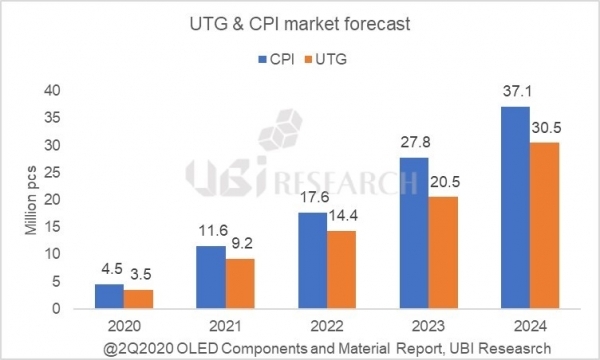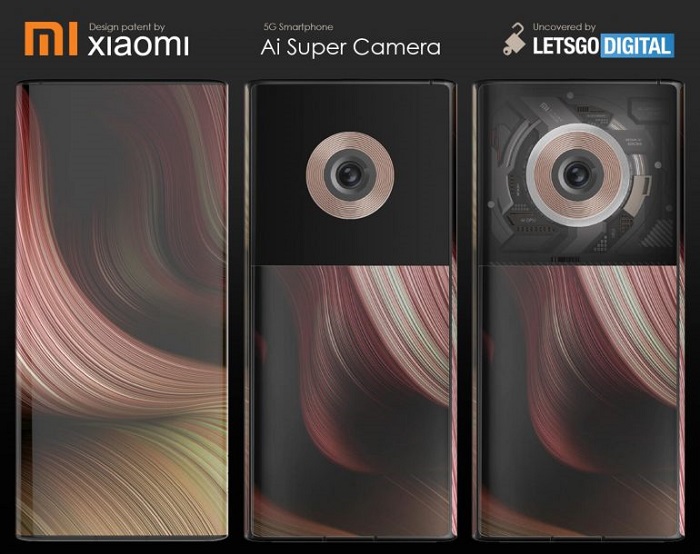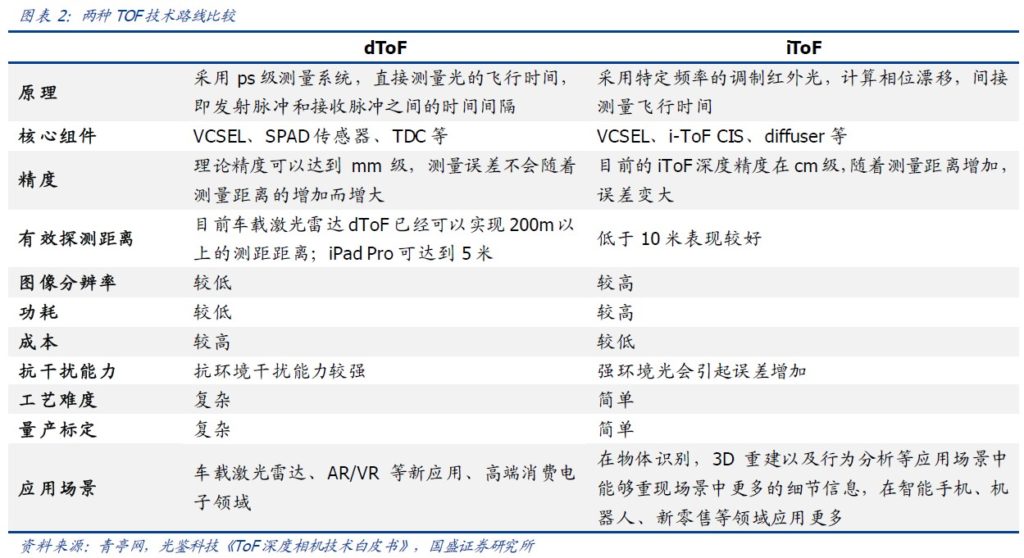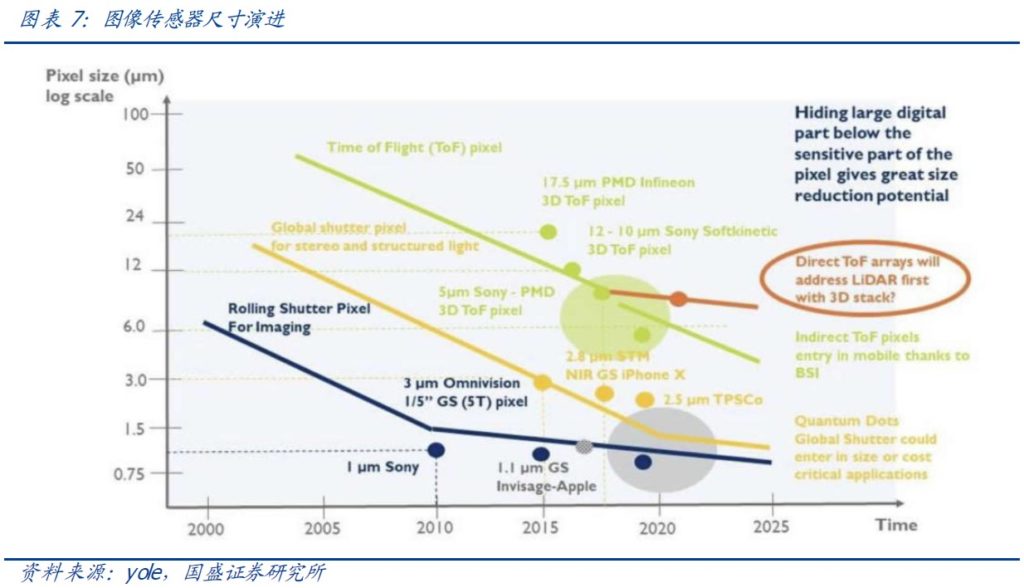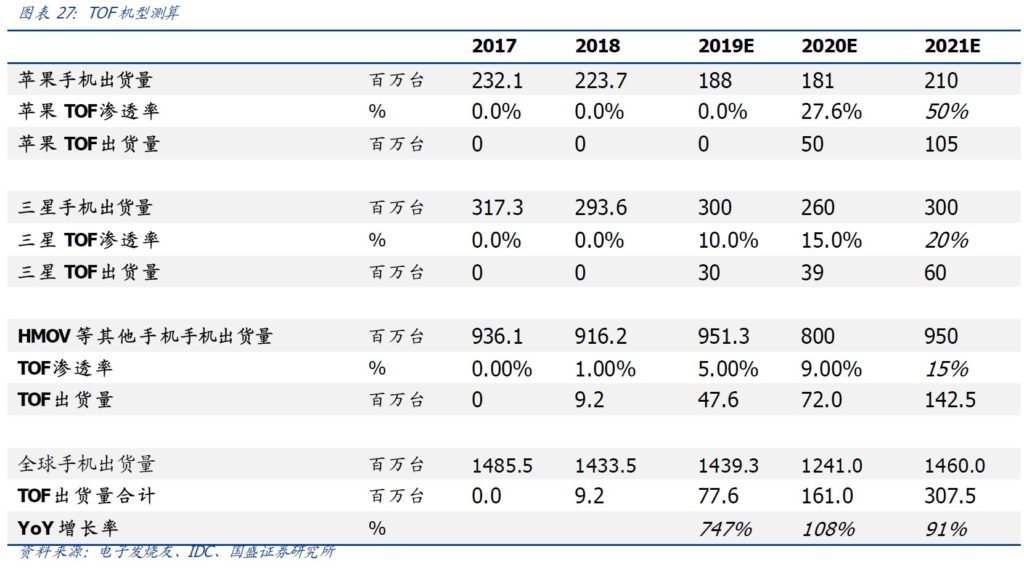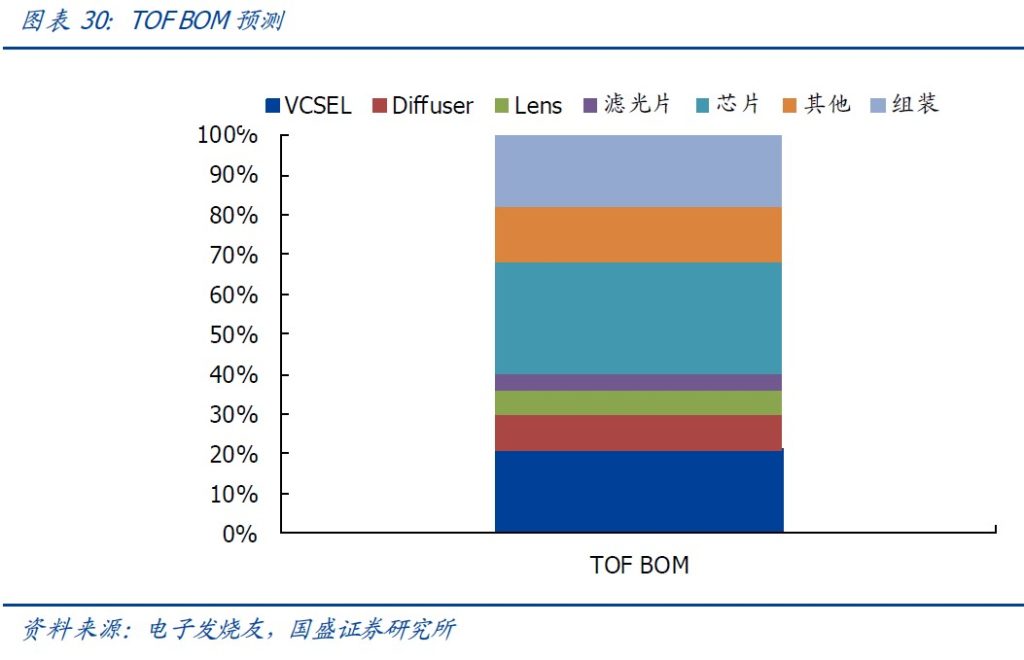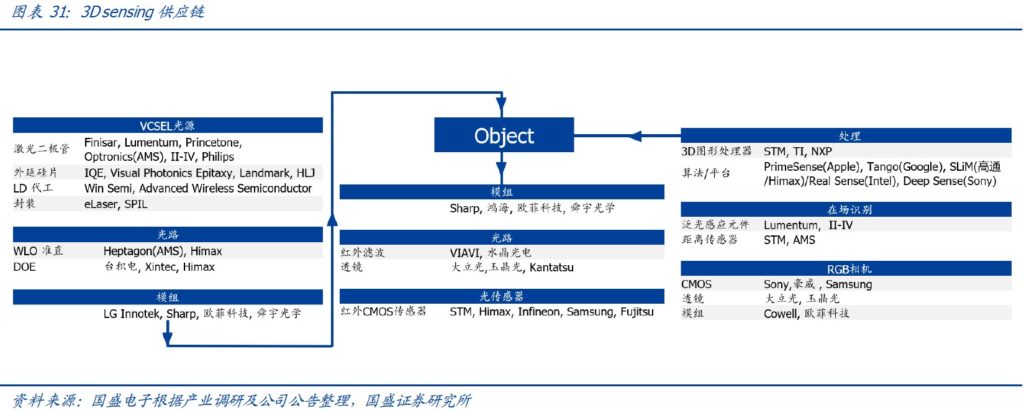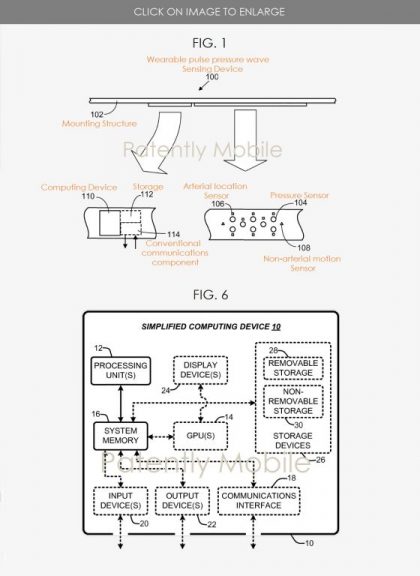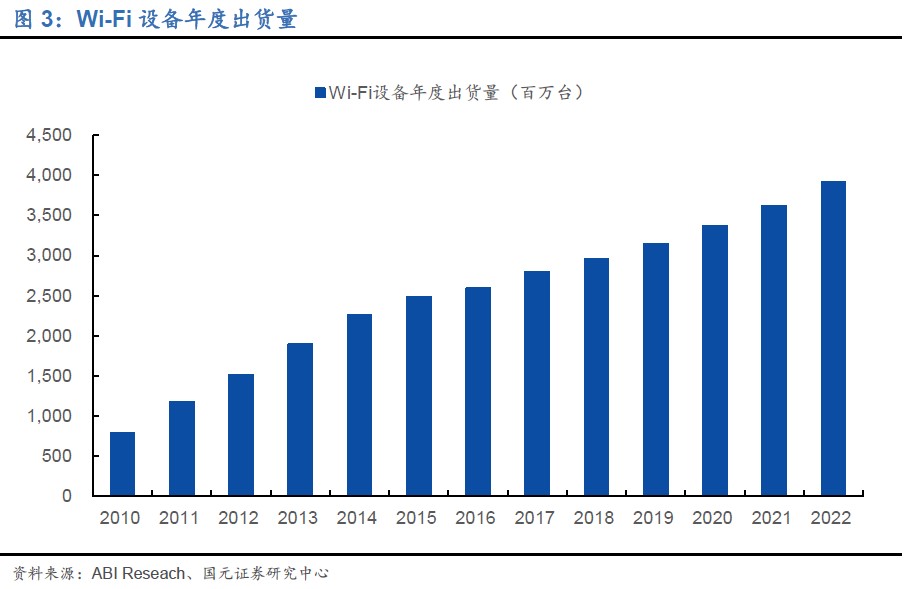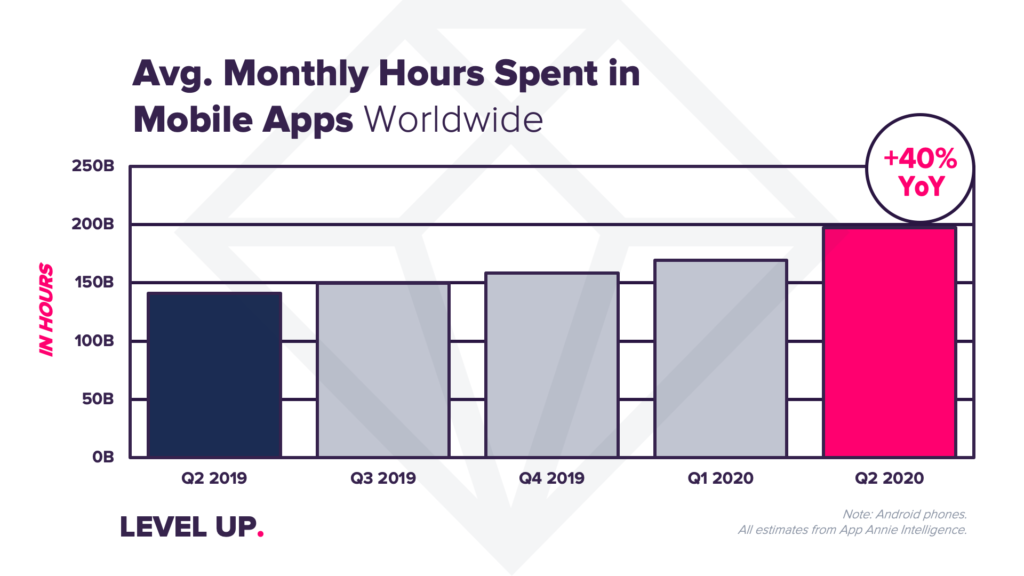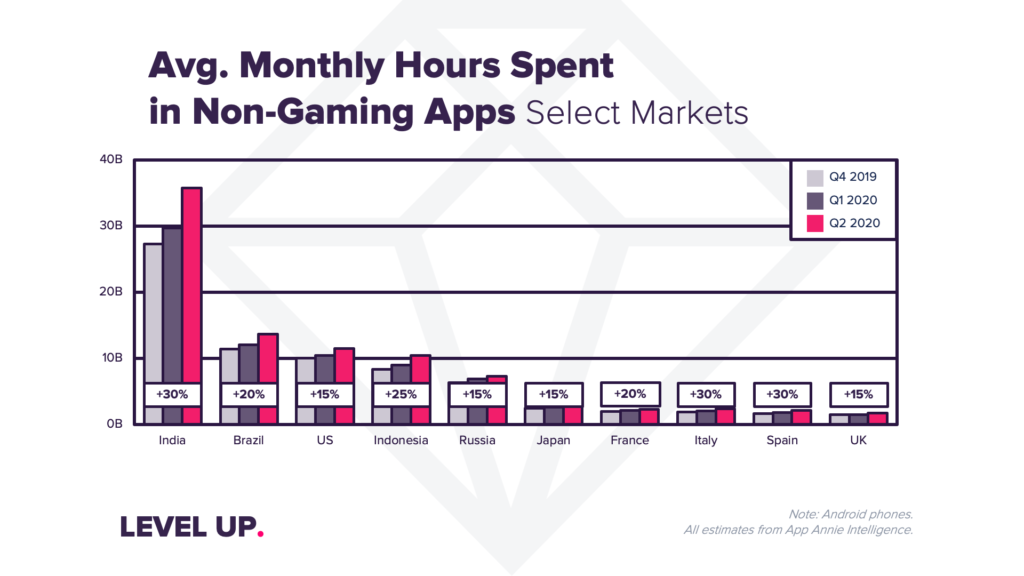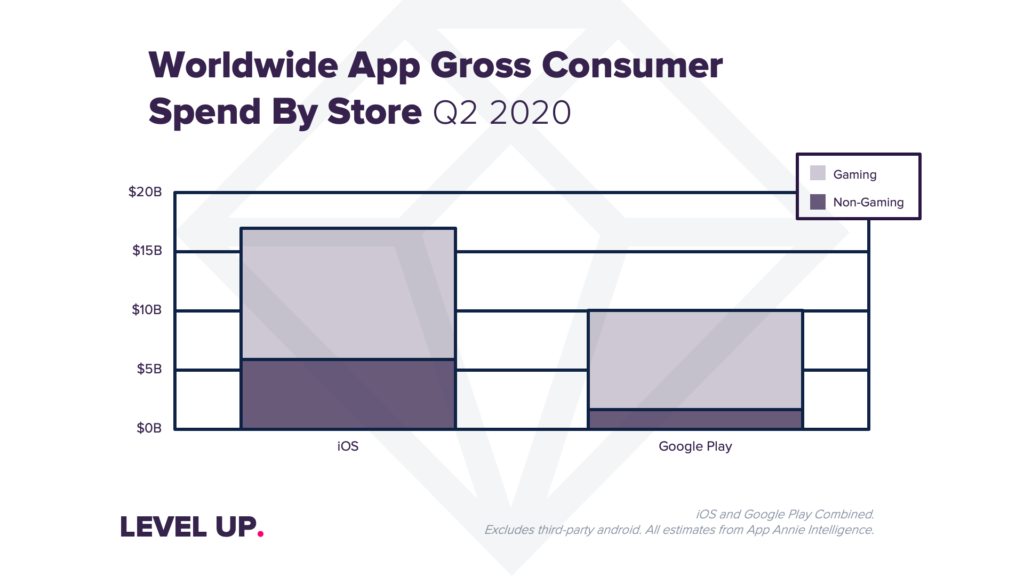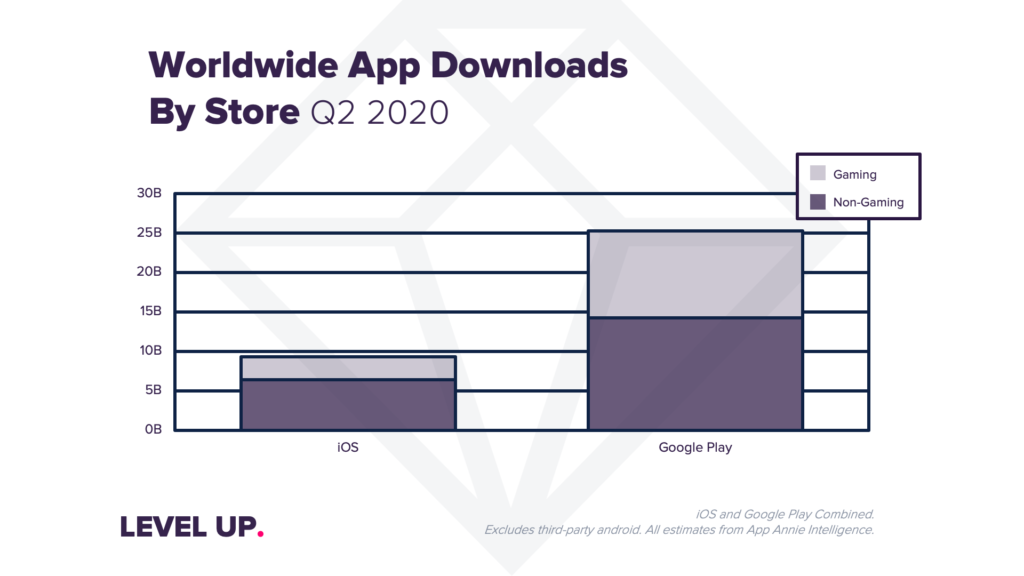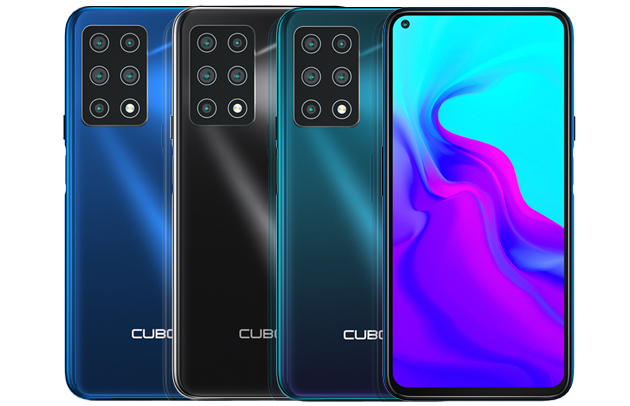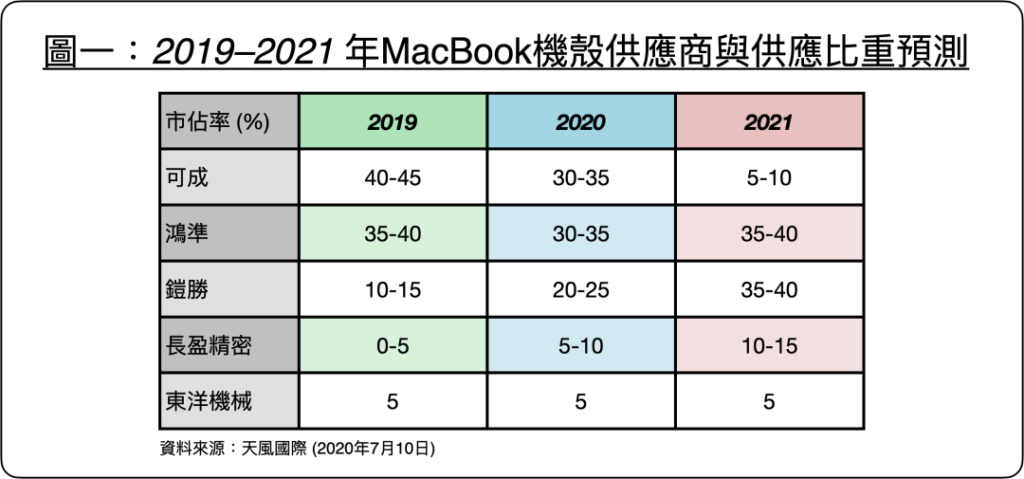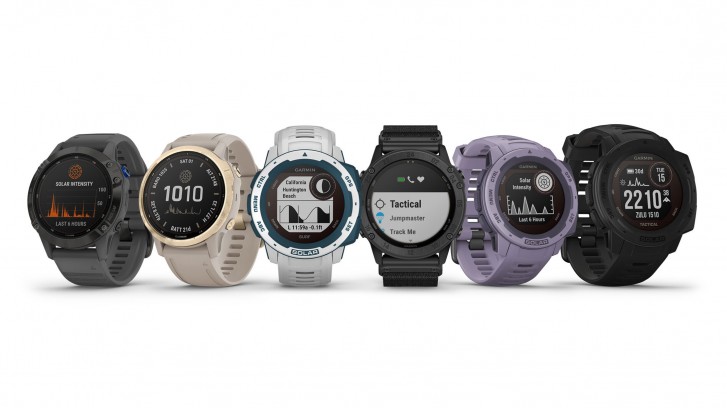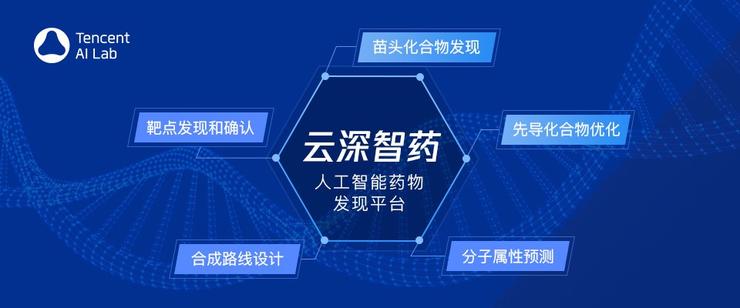
7-12 #Replaceable: Foxconn reportedly plans to invest up to USD1B to expand a factory in southern India; Luxshare Precision Industry is reportedly seeking to acquire a plant that is used to manufacture Apple iPhones in China from Wistron; etc.
UBI Research estimates that foldable smartphone display makers will continue to rely on both Ultra-Thin-Glass (UTG) and Colorless Polyimide (CPI) films for at least the next 5 years. UBI sees demand for CPI films will reach 4.3M units in 2020 while demand for UTG will reach 3.5M units. Demand for both products will grow and by 2024 it will reach 37.1M units for CPI and 30.5M for UTG. (The Elec, OLED-Info)
Apple and Foxconn Technology are reportedly working together to produce semitransparent lenses for AR. The lenses create the illusion of depth by using stereoscopic images, the same technology employed by other AR/VR devices already available from Magic Leap, Microsoft, and Facebook. (The Information, Phone Arena)
Xiaomi has filed a patent of 5G smartphone with technology “AI Super Camera” with CNIPA (China National Intellectual Property Administration). The illustration depicts a concept machine with a rounded frame shape, the side of the body is also wrapped in a flexible display and extends to the lower half of the back camera assembly, eliminating the need to dig holes for the front or equip with an electric lift mechanical structure. (CN Beta, LetsGoDigital, Xiaomi Today)
ToF (Time of Flight), which calculates the distance between the light source and the object by measuring the time of flight of the emitted light and reflected light, is essentially a time dimension measurement. According to different distance measurement methods, there are currently two ToF technical routes: iToF (indirect flight time, indirect-ToF) and dToF (direct flight time, direct-ToF). (Guosheng Securities report)
At present, the minimum size of traditional CIS single pixel can reach 0.7μm, and 0.6μm is currently under development. However, the ToF sensor requires the ability of a single pixel to obtain a signal, which requires a larger single pixel size; the dToF sensor circuit design is more complicated and needs to occupy a larger on-chip size; the iTOF pixel size needs to temporarily give way to higher light collection efficiency . Various reasons make it difficult to downsize the ToF image sensor. (Guosheng Securities report)
From the perspective of shipments, Guosheng Securities predicts that the demand for smartphone 3D sensing will increase from 40M units in 2017 to more than 200M units in 2019. Among them, ToF models in 2019 are mainly concentrated in several high-end flagship machines. From 2020, TOF shipments will further erupt, accounting for 40% of the overall 3D sensing. Guosheng Securities predicts that TOF shipments in 2019/2020 will be 77.6M / 160M units, a significant increase of 747% / 108% year-on-year. (Guosheng Securities report)
Guosheng Securities expects the material costs of ToF and structured light to be approximately USD12-15 and USD20. Guosheng Securities estimates that in this TOF module, the cost of the chip still accounts for the main part, accounting for about 28%~30% of the overall material cost. (Guosheng Securities report)
By analyzing the mainstream 3D camera products that have been on the market, the 3D camera industry chain can be divided into: 1) upstream: infrared sensors, infrared light sources, optical components, optical lenses, and CMOS image sensors; 2) midstream: sensor modules, camera module, light source foundry, light source detection and image algorithm; 3) downstream: device manufacturers and applications. (Guosheng Securities report)
Microsoft’s patent titled “Wearable Pulse Pressure Wave Sending Device” aims to address a consumer lack of blood pressure measuring solutions. The patent describes a patch with an array of pressure sensors that lay across a specific area (presumably near an artery). The device will seek out and alert users as to where the best place is to place it for the most accurate reading. (CN Beta, On MSFT)
According to ABI, global shipments of Wi-Fi electronic equipment will reach 3.2B in 2019, and it is expected that global shipments of Wi-Fi will reach 3.9B by 2022. In 2019, approximately 24B Wi-Fi devices were shipped accumulatively, and by 2022, cumulative shipments of Wi-Fi devices are expected to reach 35B units. (Guoyuan Securities report)
Wi-Fi technology is rapidly iterating under the huge commercial impetus of the industry, and the two key technical indicators of bandwidth and speed have been significantly improved. The rate of Wi-Fi 6 is 180 times that of Wi-Fi 2 (802.11a), and the supported bandwidth is also increased from 20MHz to 160MHz. (Guoyuan Securities report)
Foxconn reportedly plans to invest up to USD1B to expand a factory in southern India where the Taiwanese contract manufacturer assembles Apple iPhone. Foxconn’s planned investment in the Sriperumbur plant, where Apple’s iPhone XR is made some 50km west of Chennai, will take place over the course of 3 years. (Apple Insider, Reuters)
Mobile apps and gaming surged to the highest levels ever recorded — with games in particular scoring 14B downloads — in 2Q20, according to App Annie. During the COVID-19 pandemic, consumers downloaded nearly 35B new apps and spent USD27B in 2Q20. As some markets like China and South Korea begin to recover from COVID-19, markets like India, Brazil and Russia are continuing to work to control the pandemic. Time spent in apps in India grew 35% in 2Q20 from 4Q19, while Italy, Indonesia, and the United States have all had 30%, 25% and 15% growth respectively. (CN Beta, App Annie, VentureBeat)
China-based Luxshare Precision Industry is reportedly seeking to acquire a plant that is used to manufacture Apple iPhones in China from Taiwan-based Wistron, according to Digitimes. Wistron currently has a plant in China’s Kunshan for manufacturing iPhones, adding the ODM also has production facilities in India to make iPhones for mainly the Indian market. (Digitimes, press)
Huawei has announced its latest Smart Mine Joint Solution, which solution integrates the industry’s beneficial exploration of smart mine construction. It also deeply integrates Huawei’s new ICT technologies such as 5G, AI, and Kunpeng Cloud, etc. Furthermore, the solution has the “four characteristics” which is also the future evolution of smart mining systems. These characteristics include wireless service, cloud service, platform, and intelligence. (GizChina, Laoyaoba)
Cubot X30 is launched – 6.4” 1080×2310 FHD+ HiD IPS LCD, MediaTek Helio P60, rear penta 48MP-16MP ultrawide-5MP macro-2MP depth-0.3MP photosensitive + front 32MP, 6+128 / 8+256GB, Android 10.0, rear fingerprint scanner, 4200mAh, USD240. (Gizmo China, Cubot)
Lava Z61 Pro is announced in India – 5.45” HD+ 18:9 LCD, 1.6GHz octa-core, rear 8MP + front 5MP, 2+16GB, Android 9.0, no fingerprint scanner, 3100mAh, INR5,774 (USD77). (Gizmo China, NDTV)
According to TF Securities analyst Ming-Chi Kuo forecast, due to better-than-expected demand for 2Q20/3Q20, Apple’s MacBook shipments will rise to 16M-17M units; in addition, since subsequent MacBook product lines will be equipped with Apple Silicon, it will help with cost reduction, and the demand for the 14” and 16” MacBook Pro with a new design is better than that of the old MacPro, so it is expected that the shipment of MacBook will grow significantly by 18M-20M units in 2021. (TF Securities, Laoyaoba, CN Beta)
Sony’s wearable, pocket-sized air conditioner Reon Pocket is available in Japan, priced at JPY13,000 (USD122). It works using thermoelectric cooling and can cool the user’s body temperature by 13ºC (23ºF) and raise your temperature by about 8ºC (about 14ºF). It uses the Peltier effect which means a temperature difference is created by applying a voltage between two electrodes connected to a sample of semiconductor material. (CN Beta, Sony, SlashGear, Yanko Design, Gizmodo)
Garmin updates Fenix 6, Instinct and Tactix Delta smartwatches with solar charging: Fenix 6 Pro Solar and Fenix 6S Pro Solar bring 9-14 days of battery life depending on the features used. Fenix 6S starts from USD850, Fenix 6 Pro Solar starts from USD949. Instinct series features Surf and Tactical Solar Editions, which offer deliver up to 50 days of battery life on a single charge. The Instinct editions start at USD399. Tactix Delta Solar Edition is a military-grade rugged smartwatch with a MIL-STD-810 rating, features night vision goggles compatibility and up to 24 days battery life. It is priced at USD1,099. (GSM Arena, Garmin)
Tesla CEO Elon Musk has indicated that Tesla is “very close” to attaining level-5 autonomous driving technology. Currently, Tesla’s level-2 Autopilot necessitates that drivers remain cautious and ready to act, with hands on the wheel, but a future software update, which would require no additional hardware, could activate level-five autonomy in the vehicles. (Neowin, Clean Technica, Teslarati, BBC)
Tencent has launched iDrug, an AI-driven software platform, to aid new medicine development. Developed by Tencent’s AI lab, iDrug is designed to speed up the entire process of pre-clinical drug discovery with its machine learning capabilities, according to the release. The platform is made up of five models for protein structure prediction, virtual screening, generative chemistry, ADMET (absorption, distribution, metabolism, excretion and toxicity/pharmacokinetic) prediction, and synthetic route planning. (CN Beta, Techpost, 36Kr)

